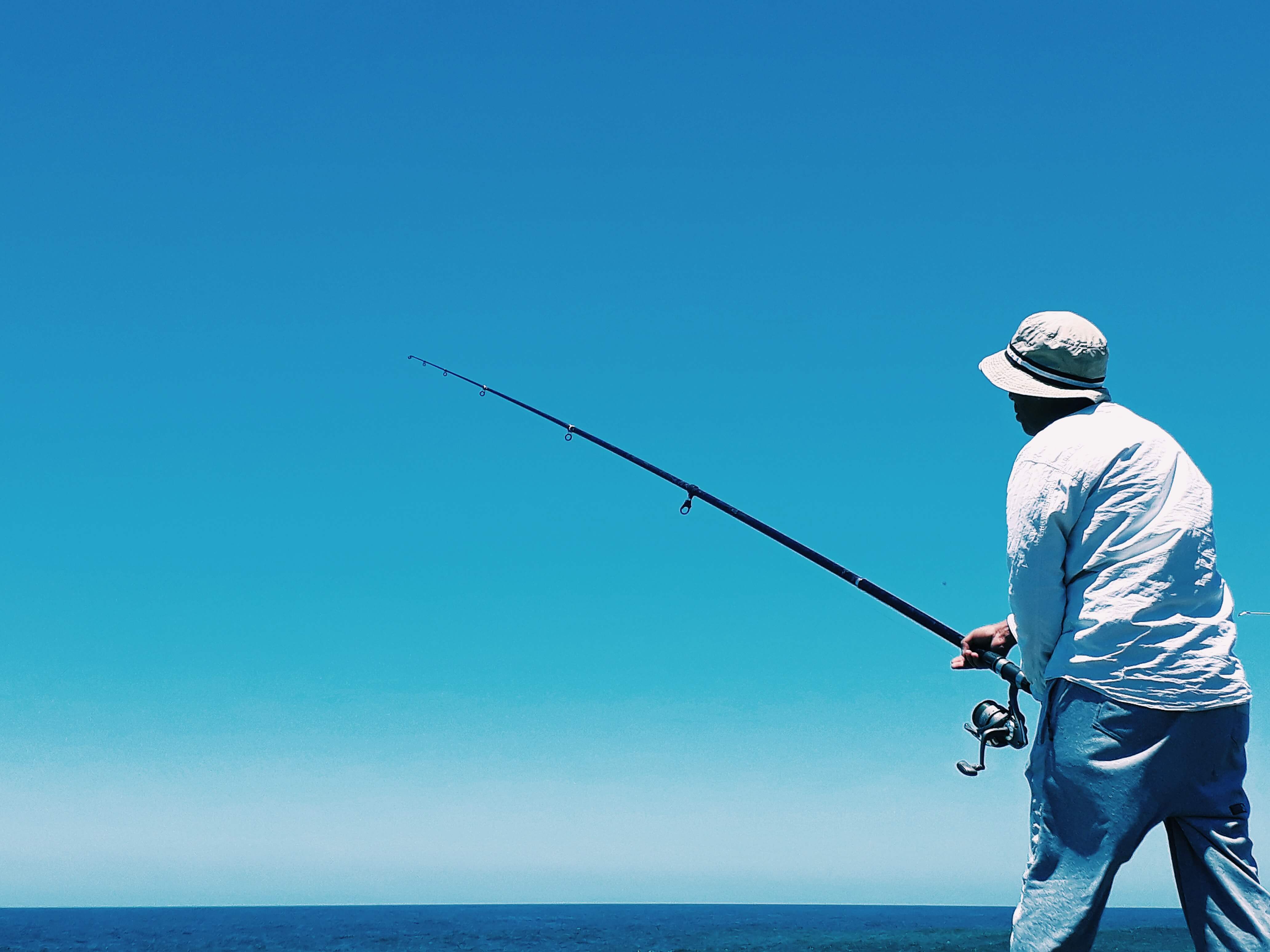.png)
This is a question that is regularly asked by anglers wishing to invest in surfcasting equipment. In fact, the market offers a range of rod lengths that can confuse some anglers when making their choice.
The big differences that can exist are generally explained by the positions you are going to fish. The casting distance of your line, the weights you need to use, the obstacles on the bank or the riprap are all points you need to know to make the right choice.
Models under 4m
This type of rod is fairly rare on the market. You'll find a few models in 3.60m and 3.90m lengths that correspond to very specific fishing styles with specific gram powers. They allow you to practice on spots with few or no waves, while saving weight by reducing the number of rings and carbon, and making casting easier.
They mainly target very calm areas. This could be salt ponds, lagoon fishing or fishing between the beach and the coral reef. You'll gain in sensitivity and feel thanks to a short and often less tapered blank, but you won't lose power.
Sometimes available in several sections, it will be perfect for equipping yourself if you're going abroad, in sectors typical of its use.
Rods between 4m and 5m

These are the most popular models for shore fishing. In fact, the length that all anglers agree on is 4.20 m or 4.50 m. If you're fishing in France, whether on the Atlantic or the Mediterranean, with a light or heavy technique, you'll normally be split between these two rod sizes.
For a beginner angler, we would tend to recommend the 4.20 m model. It will be easier to put into action and won't require as much technical skill to cast as the other model. For days with heavy weather, you'll simply have to opt for 1.50 m Surf picks. This will ensure you get over the waves without being hindered and don't lose the advantage of distance by seeing your rig drift away.
For the more experienced angler or those with a particularly large frame, you'll need to go for the 4.50 m model. When used with a suitable reel, it will allow you to reach ever greater casting distances while having total control over the rigs and baits that come with it. This length is very popular in competition.
Casting distances will not necessarily be greater, but the positioning of the rod in relation to the height of the waves will help you maintain a well-positioned line. This will give you the freedom to fish more technically.
This will also come in very handy during fights when you want to give the fish less chance of pressing against the bottom, making it easier for them to struggle and unhook. You'll be able to master beaching fish or take advantage of the extra length to pump easily when you're up against a powerful fish.
The versatility and comfort of this range will be the watchwords of its 4m20 or 4m50 lengths. It's a wise choice for beginners and anglers who want to be able to practice in a wide range of locations without having to think too much. If you also opt for a quality carbon, you won't be able to do without it, thanks in particular to the rod 's responsiveness and the tens of grams saved.
Lengths over 5m for surfcasting
These are clearly less popular and less sold models. They correspond to less common practices. However, there are certain situations that should not make you hesitate to choose a longer length.
Dyke fishermen are certainly the first to be concerned by this use. These structures often have riprap that is several metres wide. Opting for a long length of 5 or 6m means you can easily retrieve the fish. This will avoid the risk of losing the fish in the rocks or having to descend during the fight, an often perilous position, with its share of falls and broken equipment, reels and rods included.
This type of rod is also suitable for fishing behind a ShoreBreak to keep the tip above the waves. This may seem a little excessive at times, but it really makes a difference when it comes to holding your rig in place and taking advantage of the activity of the fish behind the swell.
In conclusion, most of the rods you'll find are 4m20 or 4m50. Versatile, affordable and easy to use in a wide range of conditions, these rods will ensure that you don't make any mistakes when you start out. Certain more specific conditions will direct you towards other models, both more original, but above all much more practical and effective.
You might also like :
